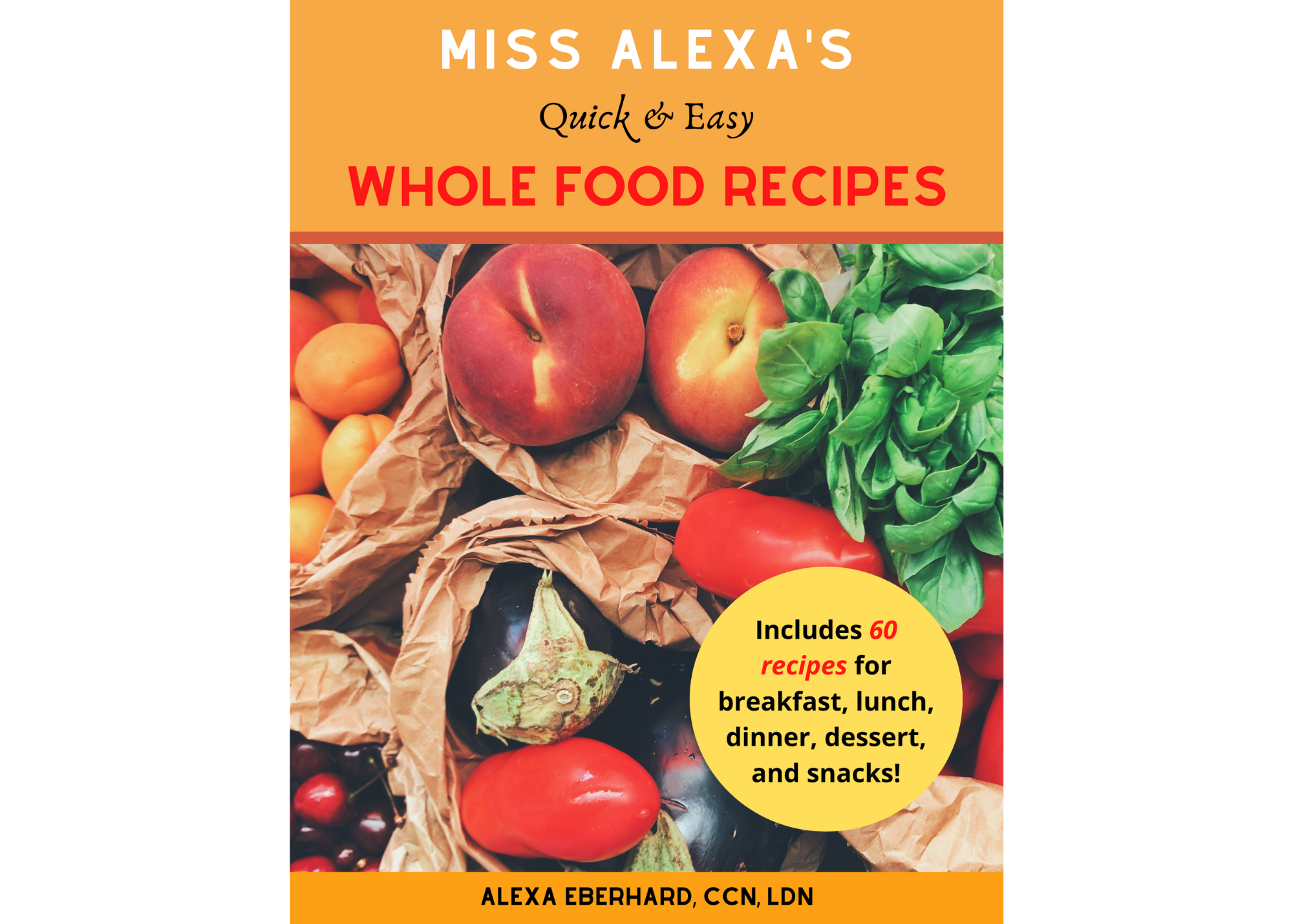Homemade Hummus
/Homemade hummus is one of the easiest ways to get more legumes into your diet. Legumes consist of lentils, peas, and beans and were a major food group in the diets of our early ancestors. Thanks to the Middle East, legumes are making a comeback in the diets of countries all around the world!
Chickpeas (also known as garbanzo beans) form the base of this recipe, and are an excellent source of dietary fiber, protein, folate and manganese. Folate is a B vitamin that is critical for DNA replication (making new healthy cells every day) and methylation reactions. Methylation is used in over 250 biochemical processes in the human body including healthy gene expression, detoxification, and neurotransmitter production to name a few. Proper methylation is necessary to keep unhealthy genes “silenced” so that a person does not develop chronic illness and disease. Methylation function can be assessed through genetic testing (for more information, click here: https://www.missalexanutrition.com/lab-services/genetic-testing-with-interpretation-). Manganese is a trace mineral that aids in keeping your blood sugar stable as well as cholesterol metabolism. This means hummus is an excellent recipe for Diabetics and Heart Disease patients.
It’s time to pull out the food processor and treat yourself to this delicious recipe that can be used as a dip or a spread for wraps and sandwiches. Homemade hummus is a quick, easy, and appetizing recipe that is sure to please any crowd!
Ingredients:
2 cups of canned chickpeas (garbanzo beans), drained & rinsed
1 garlic clove
1 tbsp olive oil
2 tbsp lemon juice
1 dash sea salt & pepper
Garnishing options: fresh parsley, paprika
Instructions
1) Put all hummus ingredients (except garnishing options) into a food processor and blend until smooth. Add water to thin (if necessary). Add garnishing options.
2) Serve hummus as a dip or spread. Enjoy!









